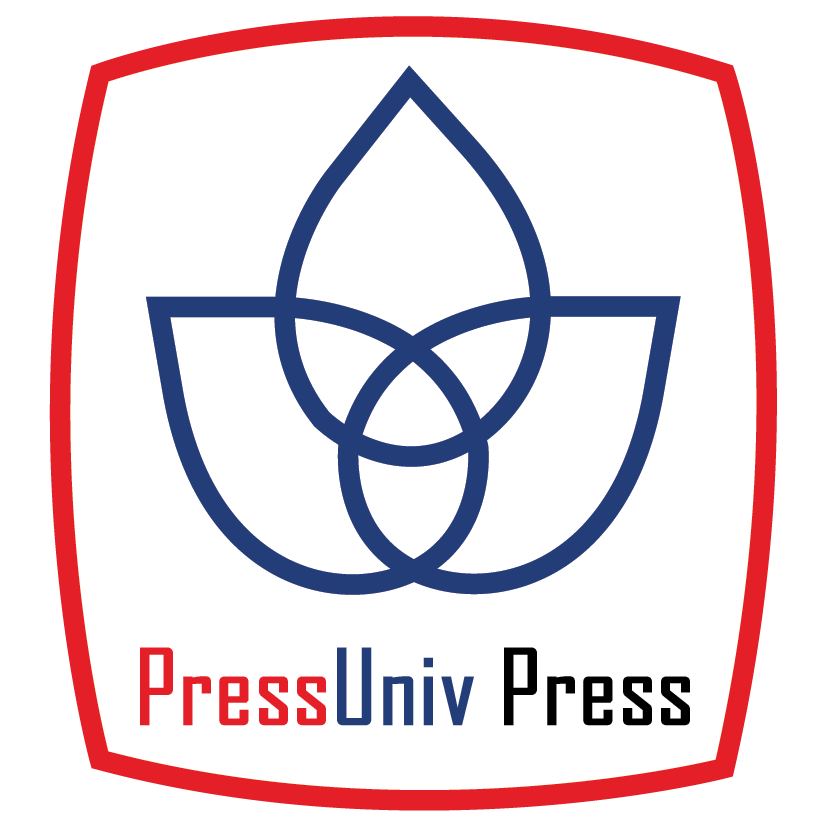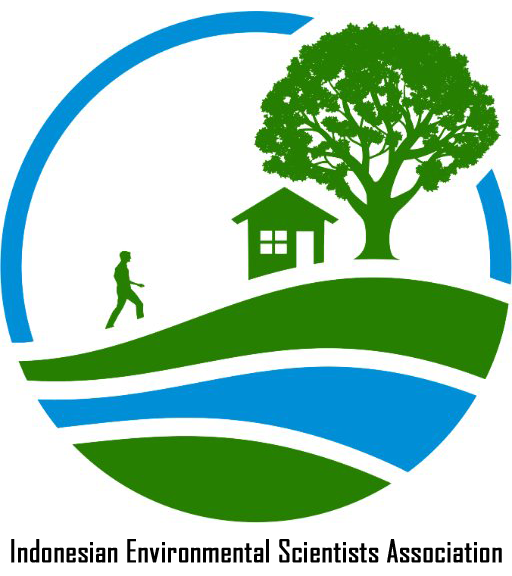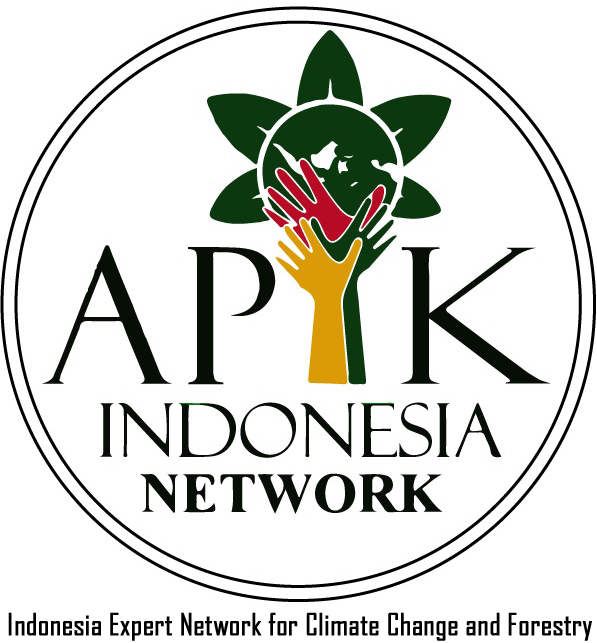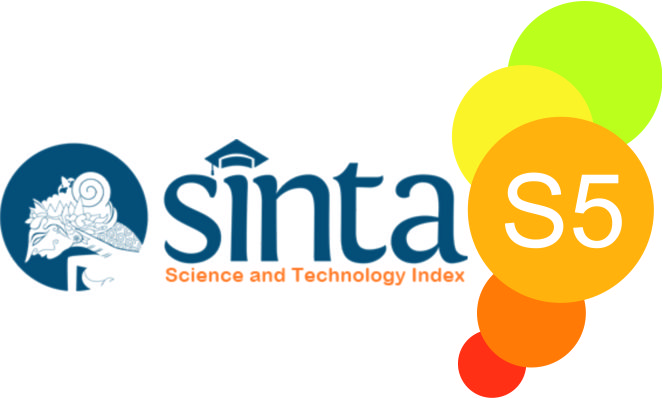Dispersi Karbon Monoksida (CO) dari Emisi Transportasi Menggunakan Model Gaussian Line Source di Jalan Jendral Sudirman Pekanbaru
Abstract
Keywords
Full Text:
PDF (Bahasa Indonesia)References
Afrilia, Pasha. (2011). Simulasi Dispersi Gas Karbon Monoksida (CO) dalam Gardu Tol Menggunakan Computation Fluid Dinammics (CFD). Skripsi. Institut Pertanian Bogor, Bogor.
Badan Pusat Statistik Kota Pekanbaru. 2017. Pekanbaru Dalam Angka 2017. Kota Pekanbaru. BPS Kota Pekanbaru.
Hasibuan, F., Warsito., & Suciyati, S.W, (2015). Simulasi Model Dispersi Polutan Gas dan Partikulat Molekul Pada Pabrik Semen dengan Menggunakan Software Matlab 7.12. Jurnal Teori dan Aplikasi Fisika, Vol.03. No. 02, Juli 2015.
IPCC. (2019). Refinement for IPCC 2006: Guildness For National Greenhouse Gas Inventories. Geneva. Switzerland: IPCC.
Kristi, Y.W., & Boedisantoso, R. (2015). Analisis Beban Emisi Udara CO dan NO2 Akibat Sektor Transportasi Darat di Kota Probolinggo. Jurnal Purifikasi, Vol. 15.
Mabarak, F. (2013). Estimation of Ground- level Airborne Concentration in an Urban Area. International Journal of Advanced Research, Vol 1(7), Page 697-707.
Paramitadevi, Y.V. (2014). Simulasi Dan Validasi Model Dispersi Karbon Monoksida (CO) Di Sekitar Pintu Tol Baranangsiang Bogor. Tesis. Sekolah Pasca Sarjana IPB.
Peraturan Pemerintah Republik Indonesia Nomor 41 Tahun 1999 Tentang Pengendalian Pencemaran Udara.
Samosir, R.S. (2018). Analisis Konsentrasi SO2 dan CO Menggunakan Model Gaussian Line Source Di Udara Ambien (Studi Kasus Pintu Tol Tanjung Morawa dan Pintu Tol Amplas). Skripsi Sarjana, Fakultas Teknik, Universitas Sumatera Utara, Medan.
Sengkey, L.S,. Janses, F., & Wallah, S. (2011). Tingkat Pencemaran Udara CO Akibat Lalu Lintas dengan Model Prediksi Polusi Udara Skala Mikro. Jurnal Ilmiah Media Engineering, Vol. 1, No. 2, 119-126.
Undang-Undang Republik Indonesia Nomor 38 Tahun 2004 Tentang Jalan.
Venkatram, A., & Horst, TW. (2006). Approximating Dispersion from a Finite Line Source. Jurnal Atmospheric Environment. 40(2): 2401-2408.
Willmott CJ. 1981. On the validation of models. Physical Geography 2: 184–194.
DOI: http://dx.doi.org/10.33021/jenv.v6i2.1448
Copyright (c) 2021 Aryo Sasmita

This work is licensed under a Creative Commons Attribution-ShareAlike 4.0 International License.
Journal of Environmental Engineering and Waste Management Published by PresUniv Press, in collaboration with IESA and APIK Indonesia Network




